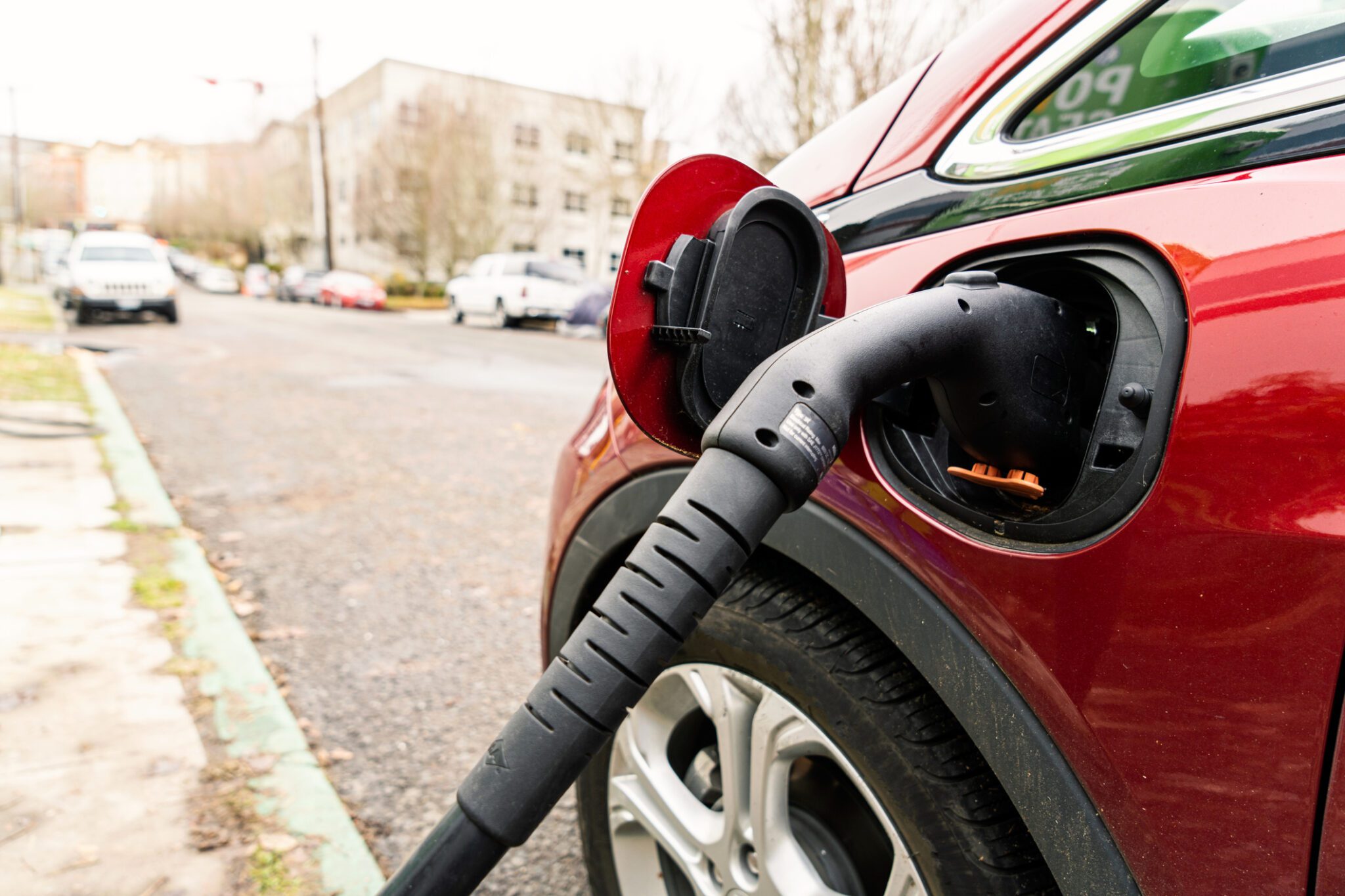
Purchasing a new vehicle takes into consideration a lot of personal factors. Lots of people are interested in purchasing an EV, but those same people have concerns around cost, range, and available charging locations that keep them on the fence.
At this point in our series on electric vehicles, we’re assuming that you’re one of the many who have decided to purchase an electric vehicle (EV). Congratulations! You’re in good company, as one in four new vehicles sold in the Seattle area is now electric. Now that you’ve bought an EV, those concerns aren’t as tricky as you once thought – just like other EV owners have learned. Today, let’s look at several things to keep in mind with your new EV.
What do you do with an EV at home?
For an EV, time at home or parked is time to conveniently charge or “refuel,” without ever having to visit a fueling station. As mentioned in our previous post, you can use Level 1 charging right away by plugging into a standard 120-volt outlet. However, if you want to do that outside, or if you want to upgrade to a Level 2 charging station at home, there are a few things to keep in mind.
If you don’t have a suitable off-street parking space for charging, you may find that you need to run your charging cord across a publicly accessible sidewalk. Beyond just neighborly etiquette, there are guidelines you should familiarize yourself with first. The Seattle Department of Transportation’s charging guidance is a great example. In general, you should adhere to the following to ensure the best experience for yourself and your neighbors and avoid the risk of a possible fine or removal of your charging system:
- Cover charging cords with a highly visible, stable, and secure low-angle cable ramp.
- Position the charging cord perpendicular to the sidewalk to minimize obstacles to mobility.
- Put away all equipment when not charging.
Note that charging cords supplied with your vehicle vary in length. Caution is recommended if you intend to use an extension cord for on-street parking.
If you’ve decided to upgrade to a faster Level 2 charger, consider using this as an opportunity to make other energy-efficient upgrades. For example, you might decide to get a heat pump water heater or a smart splitter that powers your dryer and EV charger, all of which also use a 240-volt line. Making this investment at the same time is more cost effective when you have an electrician out to do the work.
How do you maintain your EV?
We’ve said before that EVs are easier to maintain because they have fewer components than traditional cars. This is in part because there isn’t as much that can break down. You don’t need to worry about oil changes, spark plugs, timing belts, or other kinds of conventional-engine type problems that require regular tune-ups.
That said, regular maintenance is essential to the long-term health of your vehicle:
- Make sure you do the annual battery check-up — as well as any other recommendations for the make and model of your EV.
- Rotate your tires regularly, as EVs are generally slightly heavier than conventional vehicles.
What’s more, you don’t need to be as concerned about your brakes with an EV. You do want to get your brake fluid checked, but the wear and tear on your brake pads is far less than a conventional vehicle. EVs make use of a mechanism called regenerative braking. This is where the motor can assist the brakes by slowing the vehicle down. This process captures energy from braking and uses it to regenerate the battery, creating a much more efficient process. Regenerative braking is found on most hybrid and fully electric vehicles.
What do you do with an EV when traveling?
The good news about purchasing and driving an EV is that your range anxiety will most likely disappear. Lots of studies show that range anxiety dramatically drops after purchase. That said, taking your EV on a longer road trip does require a little more forethought than a conventional vehicle.

The important thing to keep in mind here is to know your path and take the time to plan for charging. Lots of apps and resources are available for finding charging stations for your vehicle, and the Department of Energy has a map of charging stations around the country as well. Locally, we’re installing fast public charging stations and curbside Level 2 chargers.
We know that certain driving conditions can affect gas mileage, and the range of an EV can similarly be affected. Let’s look at a few examples:
- Driving in the rain will affect your range (just as it would gas mileage) because the vehicle has to overcome water resistance.
- If you’re leaving the relatively cool climes of the Pacific Northwest for the heat of the Southwest, know that heat can affect the battery life of your vehicle. However, cold temps aren’t cause for concern contrary to popular belief.
Lastly, and most importantly, enjoy your EV purchase knowing that you’re making a difference for the future of our planet!
